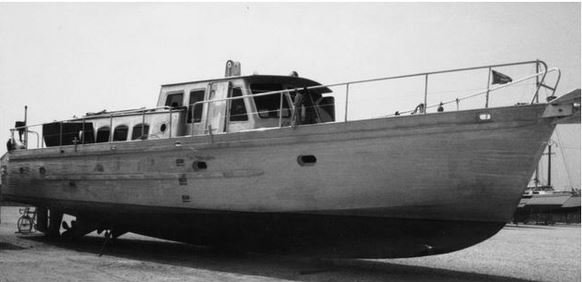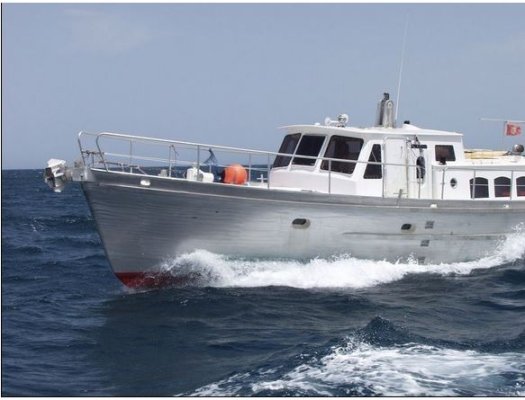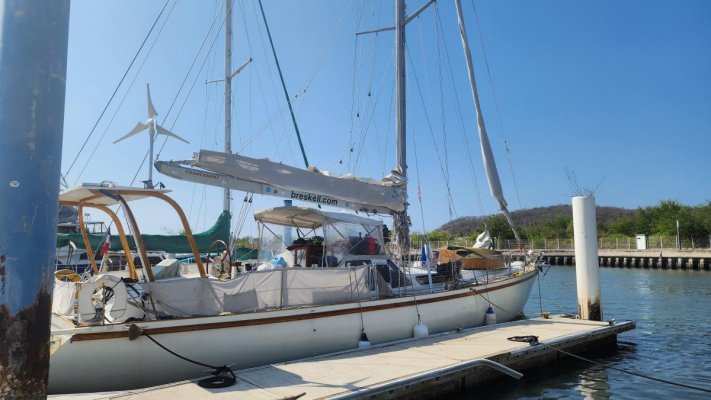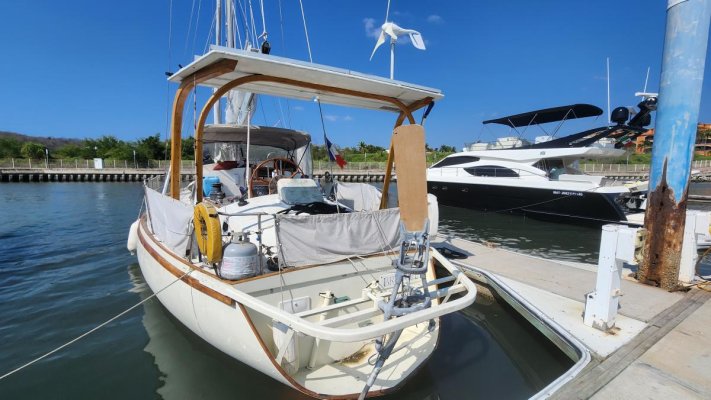in one word
Here you need to look at a Gz curve to see how much area is under null. In other words how much energy is required to right an inverted boat. The 180* seems to be the AVS. Have done many ocean races and passages. Among that crowd and the requirements for entry an AVS of 120 is considered adequate and 130 excellent. Surely you realize if the angle of vanishing stability is 180 the boat is self righting. Even since the Fastnet disaster folks realized the ability to slide down a wave front dramatically increased survival in extreme weather. In Fastnet as well as multiple other catastrophic events centerboard boats with board up did the best. Full keeled heavy displacement boats the worst. High aspect fins in the middle. Translating this to power ever since Dashew it seems apparent light displacement with vey modest draft not dependent upon form stability is an excellent paradigm for a safe explorer yacht. Yes weight distribution is relevant but again neither you or I have seen a Gz. We don’t know how much weight is below the waterline and how far. Don’t know the meta center or other relevant information.
Focusing on just one number seems unjustified without knowing the rest. Neither you or I have assessed downflooding risk. Unfortunately it’s not basic in the way you state. Having weight above the waterline can be helpful ( as long weight below is adequate). Sailboats are unmanageable and totally miserable to be on in heavy weather once they lose their rig. Their survival and the survival of their crew is dependent upon having the inertia of all that weight very high up. Once lost the stick in moderate conditions (bf 5-6) on a small boat (J24). Boat was at risk of becoming overwhelmed.
Please read this. Yes all their boats are self righting. A remarkable piece of engineering and design. Don’t know the numbers on your boat. Perhaps it is or isn’t self righting. One level, two, or 20 can be self righting. And one or two levels may not be. Think you’re looking at a tree and think that’s the forest. Do know multis are usually very stable inverted. Hence the need for escape hatches above the waterline when upside down. They are usually one level living. A significant part of their appeal. Do know NAs have knowledge I don’t have. They look at the totality of the design not just one element.
From Arksen website.
“Recovery from Capsize
The hull shape, stability curve and lack of a keel to allow the vessel to slide sideways to absorb wave energy makes the Arksen range extremely capable in big seas. We have designed for a worst-case scenario; however unlikely such an event might be. Assuming full water tanks, and half fuel, the Arksen 85 has 180 degrees of positive stability, giving her self-righting ability.”
In short think you’re not considering all factors. Much like the blind man describing an elephant while touching the tail. An excellent point was made above by R. Assuming downflooding risk is controlled. (Vid suggests it is). That enclosed space of the third level would supply a very large righting arm. In combination with how the immersed lateral plane is designed (no keel and modest draft) seems this boat is very unlikely to invert and if it did would self right. Hard to ask for more than that.
You may not like this design for many reasons but don’t think concerns about stability is justified. Personally would prefer to be on this boat in a seaway. My objection to hull#2 is I’d rather the primary helm not be at the third level. Less motion lower down. Makes for a nicer experience even with stabilizers in my opinion.
you describe what we designed 30 year ago :lol:
- small draft
- relatively light
- alloy raw material
- LDL
- dagger board (who could be lifted to help as you describe for the Fasnet)
- enough volume in the topside to obtain selfrighting..
BUT like, I wrote before, if we made (in proportion) the same type of superstructure than the 85' Arksen we lost 39% of our maximum stability...
It good to be selfrighting AND keep the original stability to avoid, or at less , later need the selfrighting ability :lol:
Our former LC62 upside down the wl will be on the side of the roof, I just checked, 240mm before the deck.
It means upside down : wl 3.780m , the deck 240mm above water line and the center of gravity 1.232 mm above this new wl.
As you wrote we don't looking only one thing, I wrote also : windage
For example 20m2 6.5m above wl who receive a wind of 50kts it is how much 800kgs pression x 6.5m, to the same you must put 1500kgs on the side.
You are right don't focuses only on one thing.
In 96/97 we made a small drawing to built a ...power trimaran, we discuss with Joubert concerning this project ( a 21x 7 m boat with volume of a ...12x4m motor boat



) but the design was sleek more similar to the Adastra than the Neel. In 2005 we discuss with Nigel Irens ( father of 2 interesting power trimarans, finally he preconise ...catamarans (because he said "not sure 3 hulls will make less drag than 2 "

But always both said " keep the superstructure lowest than possible, even on multi hulls.
Actually I am playing to "design" a small power trimaran (17/18 x 6.4 with the volume of a ... narrow 10 motor boat

)Not exactly power tri closer to a stabilised very narrow monohull.
May be IF: I sold our actual boat, find a boatyard who can built the hull at an acceptable price and still alive long enough I will play that for the "fun".But the price became totally crazy
24 year ago built one hull in France for 10€ per kg
12 year ago built one hull in Vietnam could be for 9€ per kg
9/10 years ago built in Poland could be for 17 € per kg
Now in France it is around ................ 45€ per kg
Now in ....Russia could be 22 € per kg
In 24 year the price in France x 4, we can't built one hull any more in France, May be I will initiate a treat

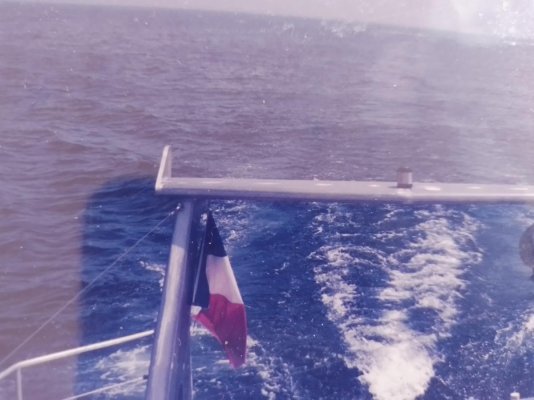
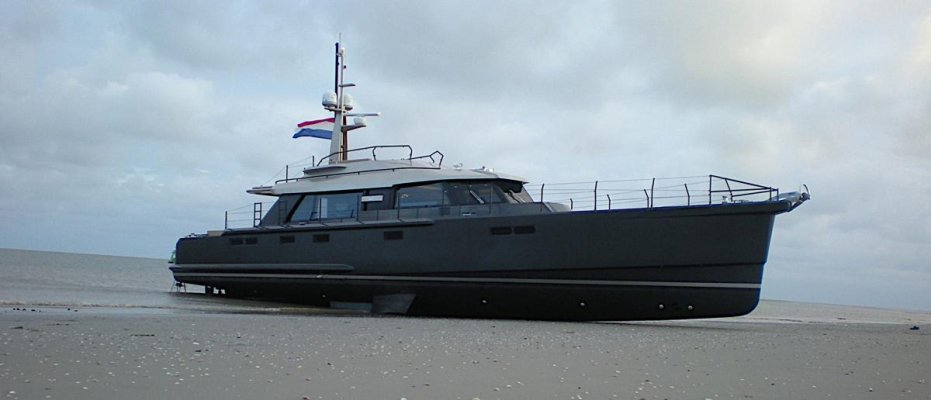
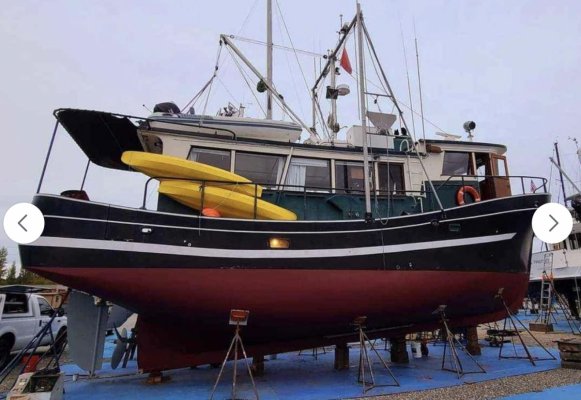
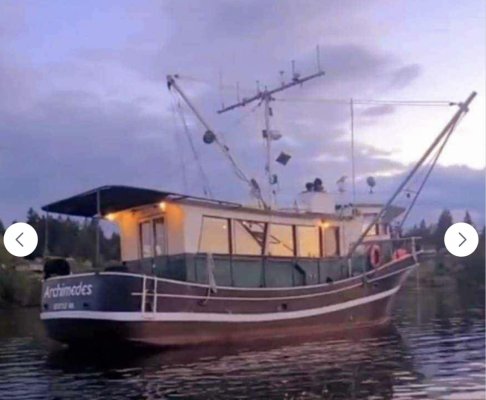
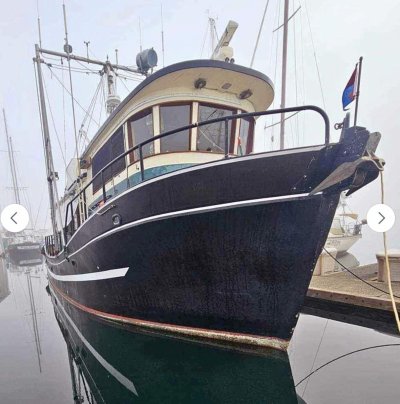
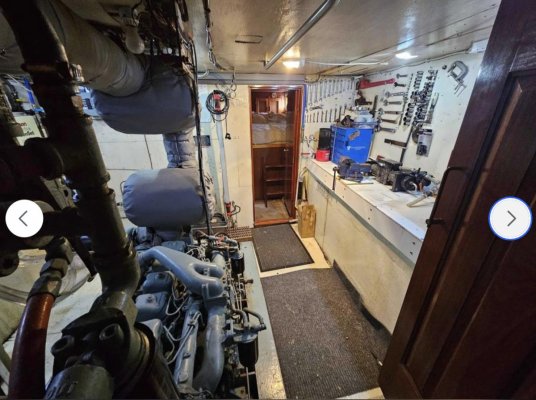
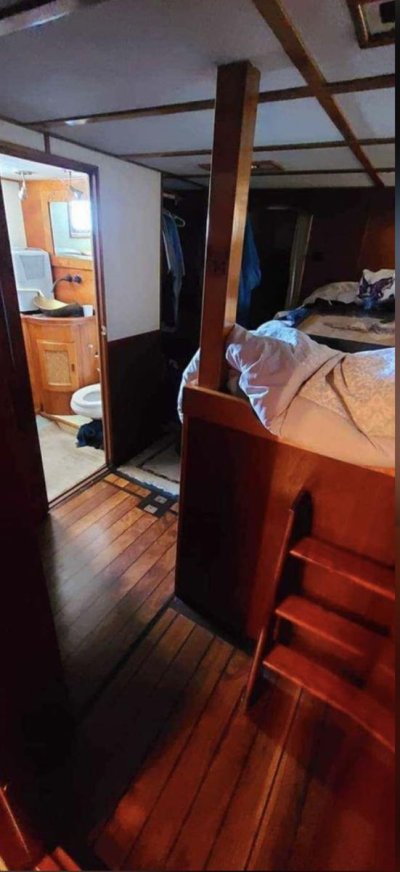
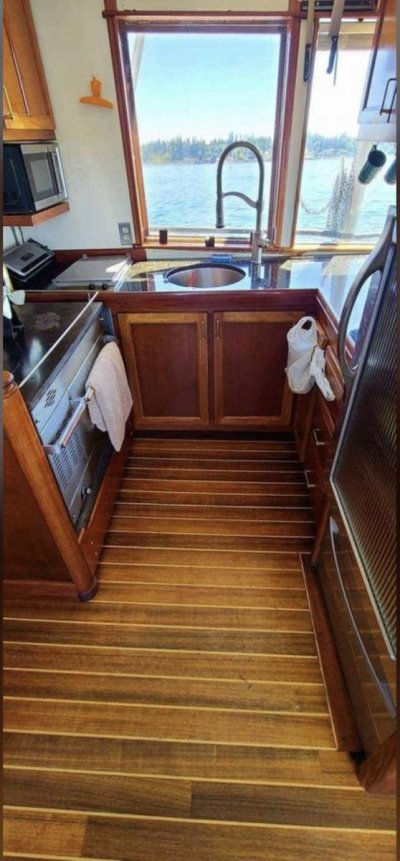
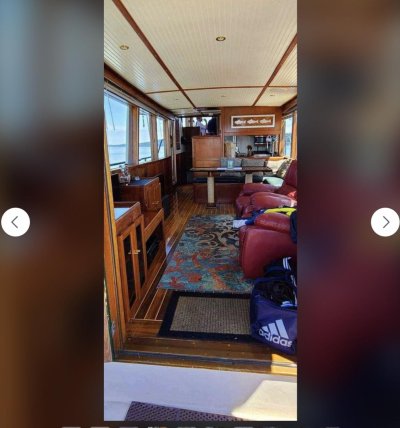

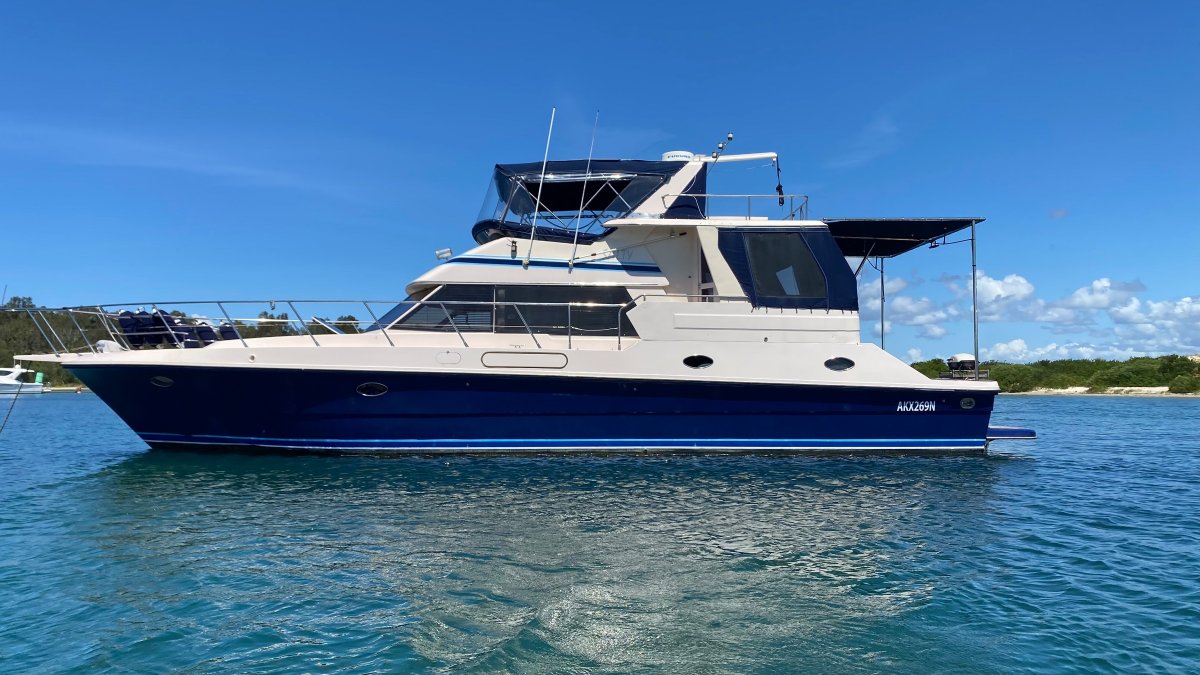

 ) but the design was sleek more similar to the Adastra than the Neel. In 2005 we discuss with Nigel Irens ( father of 2 interesting power trimarans, finally he preconise ...catamarans (because he said "not sure 3 hulls will make less drag than 2 "
) but the design was sleek more similar to the Adastra than the Neel. In 2005 we discuss with Nigel Irens ( father of 2 interesting power trimarans, finally he preconise ...catamarans (because he said "not sure 3 hulls will make less drag than 2 " 